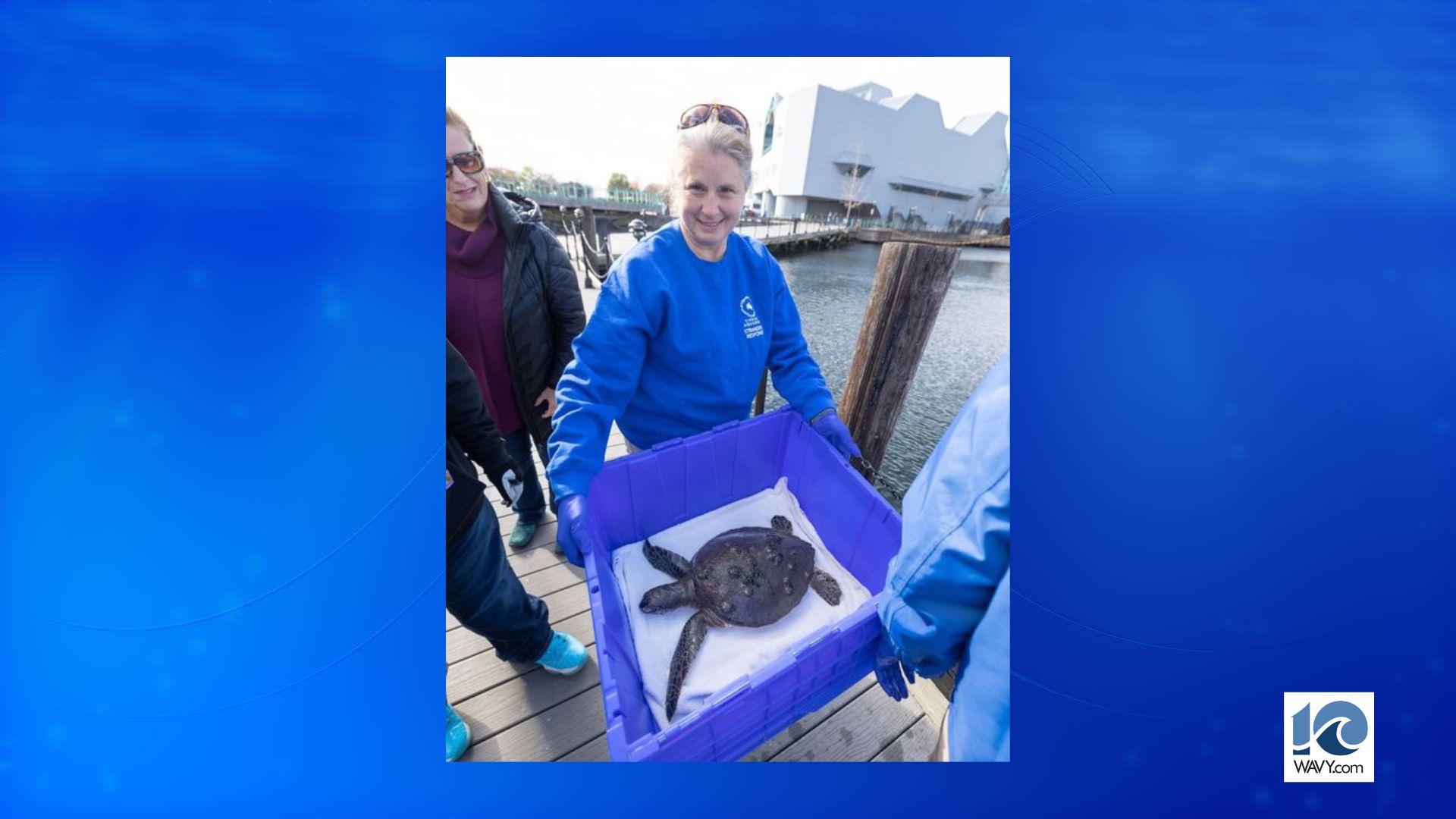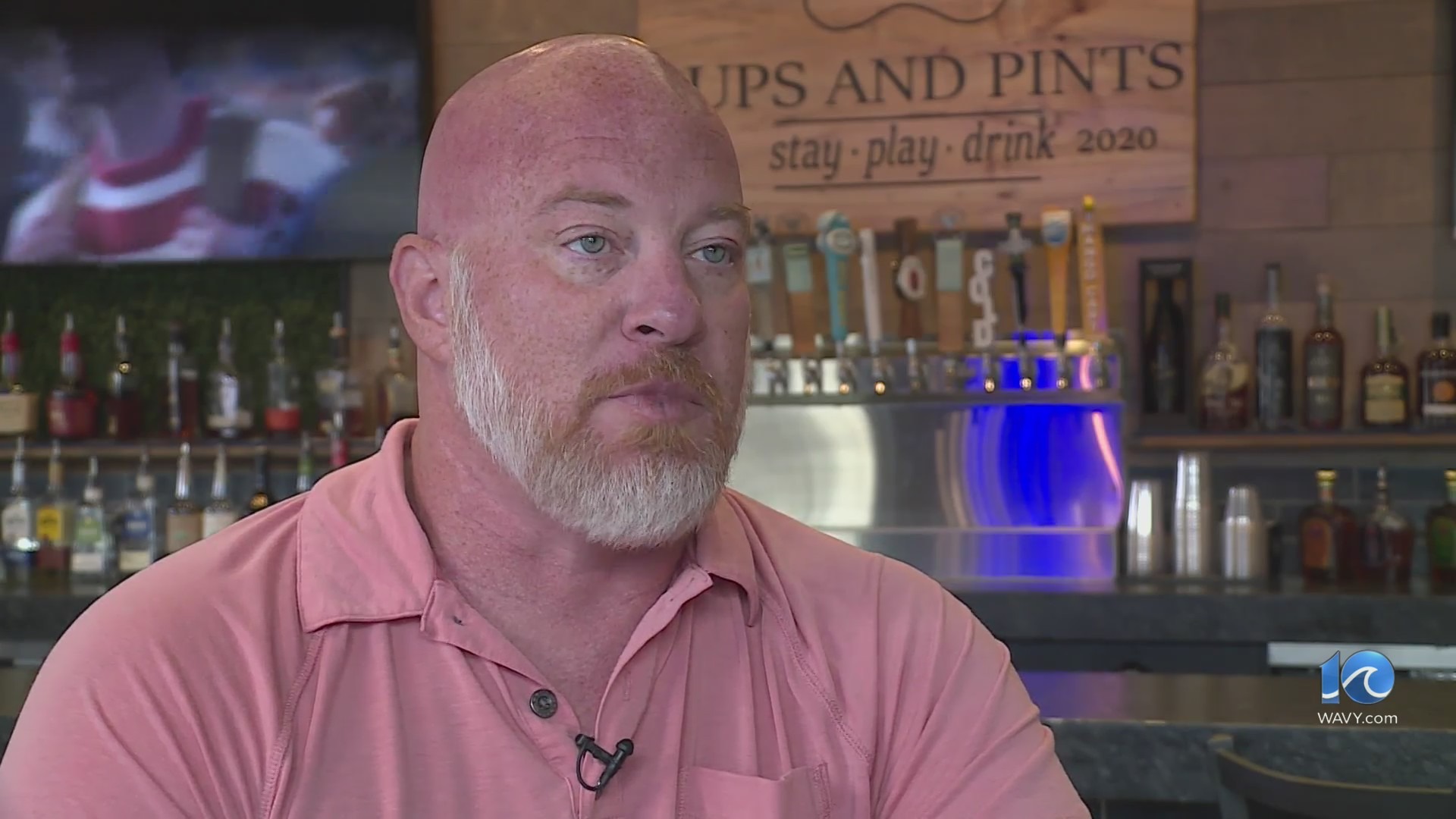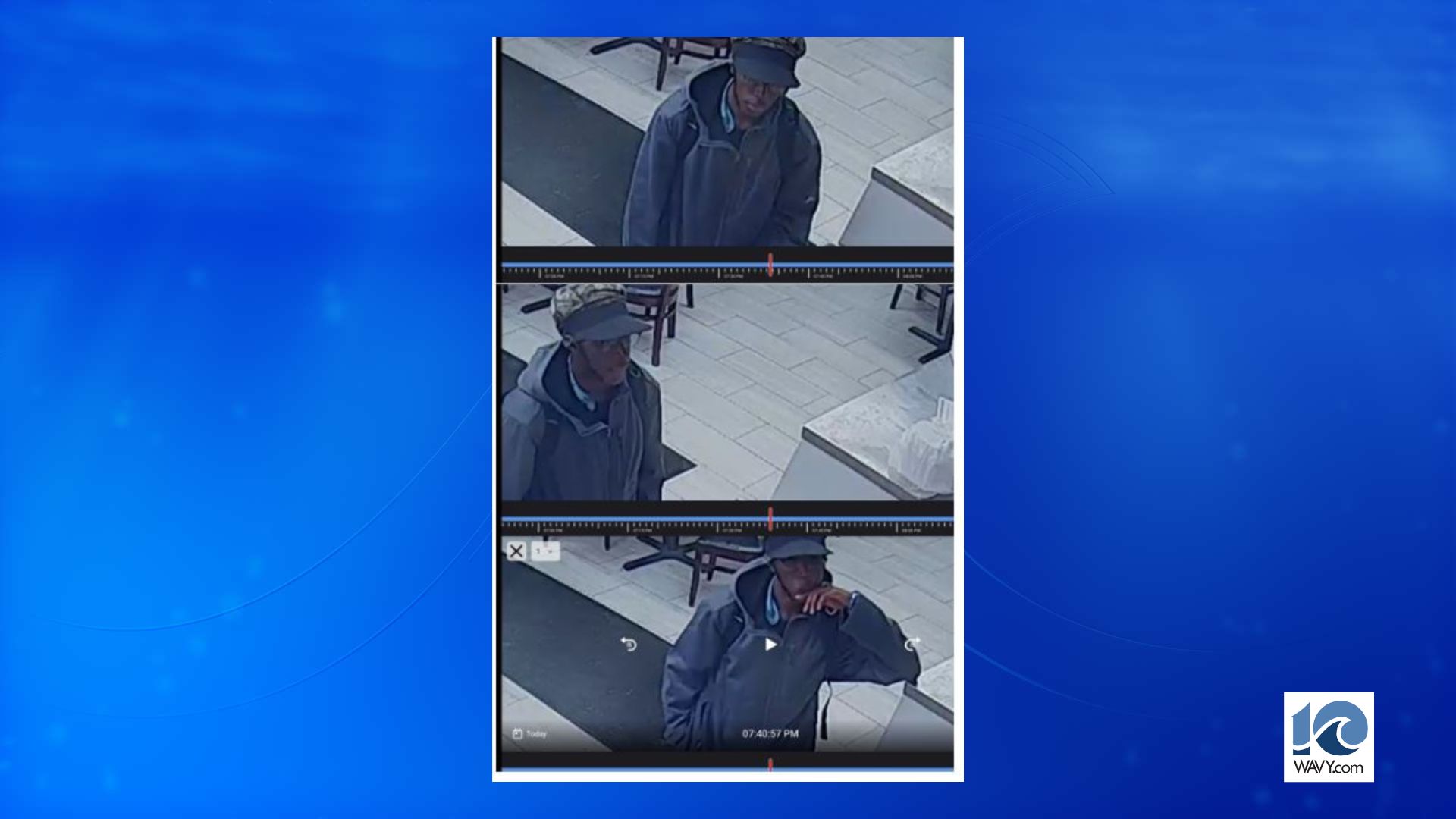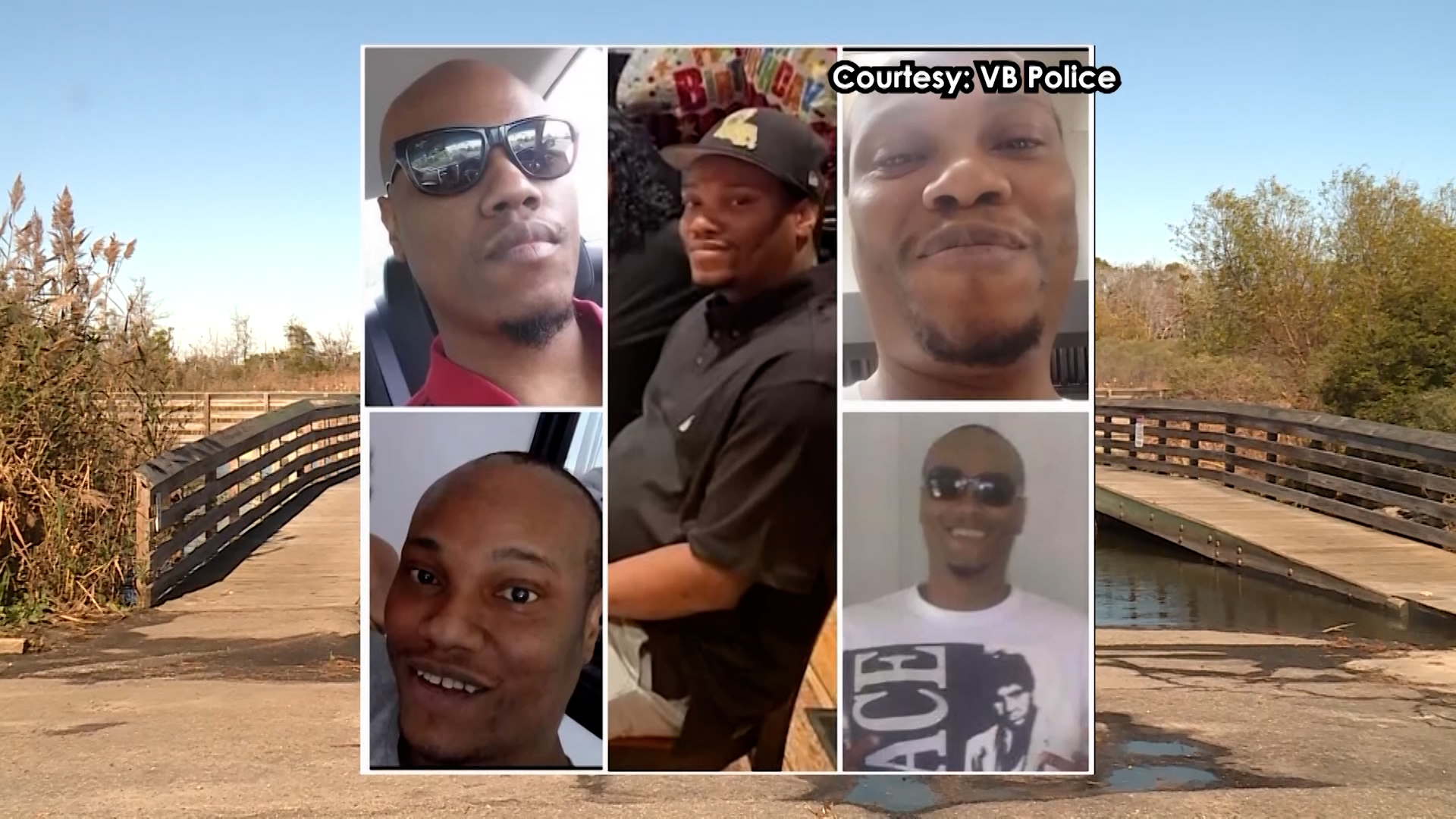RALEIGH, N.C. (AP/WAVY) — North Carolina Gov. Roy Cooper signed a state of emergency on Wednesday, the second one in as many weeks, in advance of another forecast of winter weather that will cover the snow and sleet that fell last week. While the most significant precipitation fell on central and western counties, the governor’s office cites forecasts that call for several inches of snow from the Research Triangle area and to the northeast toward the coast.
On Thursday afternoon, Governor Cooper and Emergency Management officials will share an update on the approaching weather system.
“Make sure you’re prepared in case your power goes out,” the governor said during the press conference.
North Carolina Department of Transportation Secretary Eric Boyette added that crews are already pretreating roads across the state.
“Our crews are ready and will do their best to get roads cleared of ice, snow and other debris as quickly as possible,” he said.
Up to a half-inch of ice is expected in southeastern counties, raising the possibility of power outages due to accumulation on power lines.
“This state of emergency will waive some transportation regulations to allow for quicker storm preparation and response and power restoration,” said Governor Cooper. “North Carolinians should prepare today for this storm and make sure they have any medications, food and emergency equipment they may need over the next few days.”
To prepare for this storm and possible power outages, North Carolina Emergency Management provided the following recommendations:
- Get the groceries and essentials you need before Thursday evening. Travel will become hazardous in many parts of eastern North Carolina after that.
- Keep cell phones, mobile devices and spare batteries charged in case your power goes out
- Keep fresh batteries on hand for weather radios and flashlights.
- Dress warmly. Wear multiple layers of thin clothing instead of a single layer of thick clothing.
- Properly vent kerosene heaters and ensure generators are operated outside and away from open windows or doors to prevent carbon monoxide poisoning.
- Never burn charcoal indoors or use a gas grill indoors.
- Use a National Oceanic and Atmospheric Administration weather radio or a weather alert app on your phone to receive emergency weather alerts.
- Store an emergency kit in your vehicle. Include scraper, jumper cables, tow chain, sand/salt, blankets, flashlight, first-aid kit and road map.
- Gather emergency supplies for your pet including leash and feeding supplies, enough food and for several days and pet travel carrier.
- Do not leave pets outside for long periods of time during freezing weather.


























